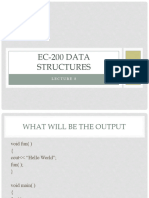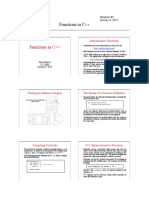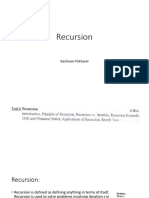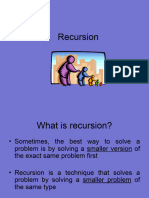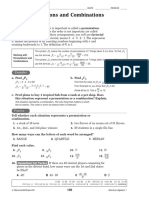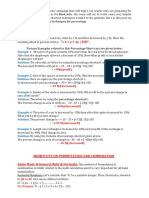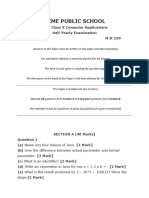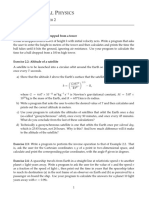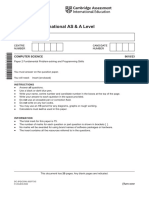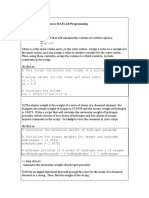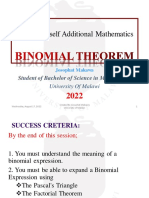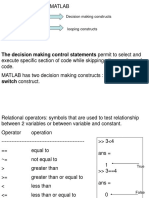0% found this document useful (0 votes)
21 views57 pagesRecursion
Chapter 6 of 'Data Structures Using C++ 2E' focuses on recursion, explaining recursive definitions, algorithms, and functions. It covers concepts such as base cases, general cases, and the importance of reducing problems to smaller versions of themselves, illustrated through examples like factorial and Fibonacci calculations. Additionally, it discusses the implementation of recursive functions and the challenges of infinite recursion.
Uploaded by
good manCopyright
© © All Rights Reserved
We take content rights seriously. If you suspect this is your content, claim it here.
Available Formats
Download as PDF, TXT or read online on Scribd
0% found this document useful (0 votes)
21 views57 pagesRecursion
Chapter 6 of 'Data Structures Using C++ 2E' focuses on recursion, explaining recursive definitions, algorithms, and functions. It covers concepts such as base cases, general cases, and the importance of reducing problems to smaller versions of themselves, illustrated through examples like factorial and Fibonacci calculations. Additionally, it discusses the implementation of recursive functions and the challenges of infinite recursion.
Uploaded by
good manCopyright
© © All Rights Reserved
We take content rights seriously. If you suspect this is your content, claim it here.
Available Formats
Download as PDF, TXT or read online on Scribd
/ 57






